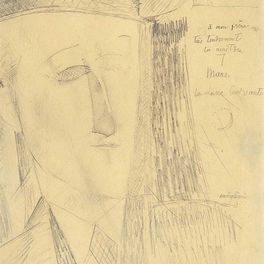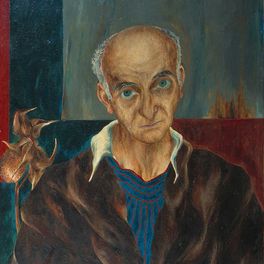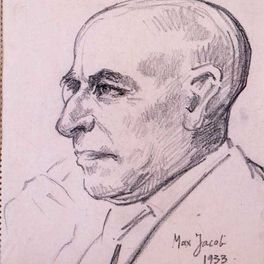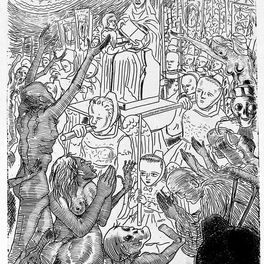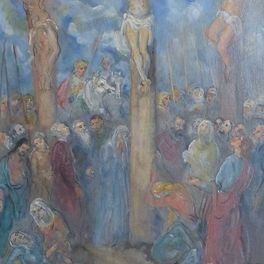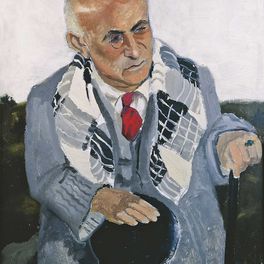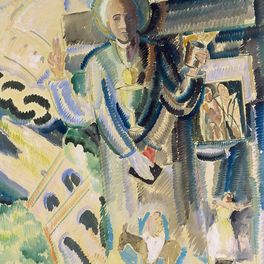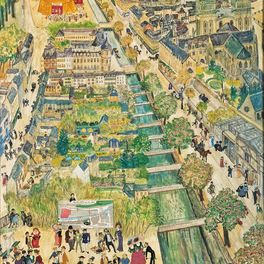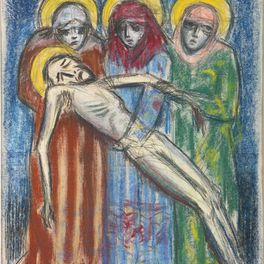Max Jacob and his friends
Quimper was the birthplace of the poet Max Jacob and played an important role in his life and work. Max Jacob returned regularly to see friends and family.
Countless poems, a novel and a play endeavour to describe every aspect of the town and daily life.
In 1949, five years after his death, the museum began to form a collection of his mementos, and many of these were donated very generously by his friends. The Musée National d’Art Moderne allocated several works. The collection grew considerably thanks to exhibitions such as the one in 1961, the creation of a space dedicated to the poet in 1976, and the building of a special room in 1993. It now includes sixty gouaches, sixty painted and drawn portraits, numerous books, exhibition brochures, photographs, letters, diverse small objects and mementos reflecting the life and creativity of the poet. The gouaches date from the first studies done alongside Picasso right up to the « Cubist » works of the 1940s, through the evocations of Brittany, Parisian landscapes or religious scenes. The portraits by Cocteau, Picasso, Modigliani, Wood, de Belay, Toulouse, Lascaux, Perot, Oberlé, Béalu and Dermit, indicate the friends he had throughout his life.
A special place is reserved for Pierre de Belay who came from Quimper and was one of Max Jacob’s oldest and most loyal friends in the Cornouaille region. His widow, Hélène de Belay, donated a considerable number of his paintings, drawings, engravings and documents to the museum.
Laure Moulin also bequeathed to the museum everything that had been kept from the time her brother Jean Moulin spent in Finistère: engravings, drawings, letters, sculptures and photographs, showing in particular his passion for the work of Tristan Corbière. Jean Moulin had been a hero in the Resistance during the time he was sub-prefect in Châteaulin:
Other collections were also assembled around the works of other friends such as Roger Toulouse, Giovanni Leonardi and Jean Caveng.
The presentation of this collection, which is continually improved, is reviewed on a regular basis, for example when temporary exhibitions are held.

